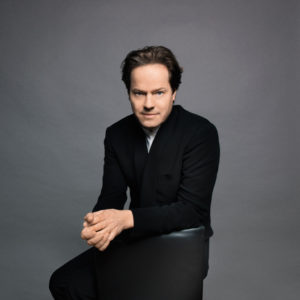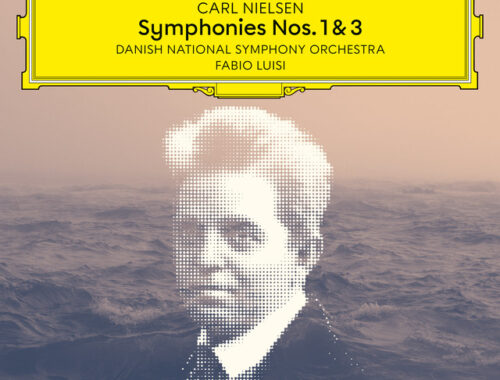Philharmonia Orchestra, Salonen, Royal Festival Hall
The “Infernal Dance” goes on. But in this the second instalment of the Philharmonia Orchestra’s well-named Bartok series it was Stravinsky who ultimately called the tune and dictated the footwork. A thrill-packed performance of The Rite of Spring brought people to their feet but there’s quite nothing like the context of a well-made programme to maximise its impact.
A lusty primitivism characterised where we began and ended the evening. A rare performance of Bartok’s Cantata profana chimed well with the toneless folk plaints of the Rite, the excellent Coro Gulbenkian alternating between rough-hewn story-telling and a kind of siren songfulness. An intrepid tenor, Attila Fekete, braved the wickedly high tessitura to deliver the message of eternal brotherhood to even the hard of hearing in the next village and the whole of this strange pantheistic fable reminded us of who Bartok was and where he came from.
Time and place are less distinct in the linear abstractions of his Music for Strings, Percussion, and Celeste. Esa-Pekka Salonen’s beautifully heard performance began in violas so remote that it was hard to ascertain where the sound was coming from. The antiphonal gamesmanship of the two-way split of strings was as entertaining as ever and, yes, the dance went on with plucked or hammered strings (excellent solo piano) lending that Hungarian snap to the rhythms. But it was the slow drip of the xylophone and the queasy rumble of timpani glissandi that once more invoked an eeriness (cue Stanley Kubrick’s The Shining) that many have copied but none have equalled. The refinement of the Philharmonia strings was positively ear-pricking.
Someone once said there was nothing original about Stravinsky’s The Rite of Spring except the piece itself and Salonen’s reading was sufficiently romantic and effulgent in sound to point up those lushly impressionistic associations. His reading was big in contrasts – super-impulsive or super-expansive, super-loud or super-soft. When did you last hear the silence surrounding the single string chord of “The Sage” so pronounced and so potent. The playing was fabulously uninhibited but fabulously precisioned, too, with the frenetic “Dance of the Earth” roaring through the hall and the final hang-over of tubas reminding us that they have a crotchet where the rest of the orchestra has a quaver. The “Sacrificial Dance” really was infernal. And final. Terrific.
You May Also Like

GRAMOPHONE: From Where I Sit – January 2019
30/01/2019
A Conversation With JAN VOGLER: Dresden Music Festival 2016
11/04/2016